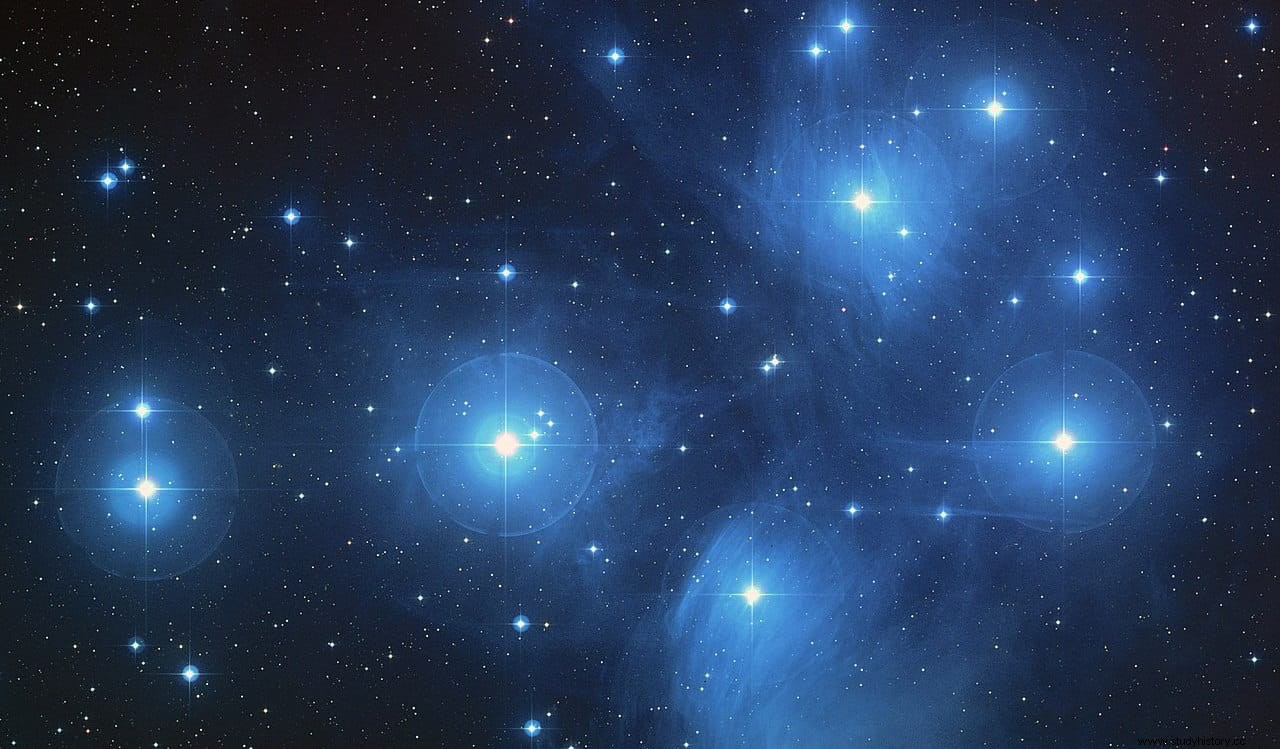Sappho of Lesbos she is perhaps the most famous poetess of antiquity, whose influence on literature and the arts is indisputable. Already the Romans dedicated statues and paintings to her centuries after her death.
Her work was organized into nine books of poetry in the now-defunct library of Alexandria, and translations of her poems spread throughout Antiquity, although unfortunately today only a few fragments remain.
One of these fragments is the so-called Midnight Poem , written sometime in the middle of the 6th century BC. Now, thanks to software that simulates the position of the stars at any time in history, researchers have found the exact date.
The snippet reads like this:

What has intrigued scholars for centuries is Sappho's clear reference to the Pleiades , a star cluster that is one of the closest to Earth and is best seen with the naked eye in the night sky. The Pleiades were well known in ancient times because they have an annual cycle and are out of sight for part of the year. This cycle coincides with the agricultural cycle and therefore they served to set the seasons and the calendar. So they wondered, at what time of the year do the Moon and the Pleiades set after midnight?
To answer that question they used software called Starry Night, which astronomers often use to track the position of celestial objects. They assumed that the poem was written in 570 BC, the year of Sappho's death, a date that is known exactly. Also that Sappho wrote it in Mytilene, the largest city in Lesbos at that time.

The study, published in the Journal of Astronomical History and Heritage , tries to rethink the traditional belief that the poem was composed in late winter and early spring.
They adjusted the software to show the sky as it would look like on a starry night in 570 BC. in Mytilene, and discovered that the poem had to be composed between January 25 and March 31 of that year. This bracket, according to study leader Manfred Cuntz of the University of Texas, is necessary to reflect the inaccurate nature of time measurement in the ancient world. Since in those days they did not have mechanical clocks, perhaps only water clocks.
All this, of course, is only valid if Sappho is describing in the poem what he was seeing, and not using the Pleiades as a simple dramatic device.
